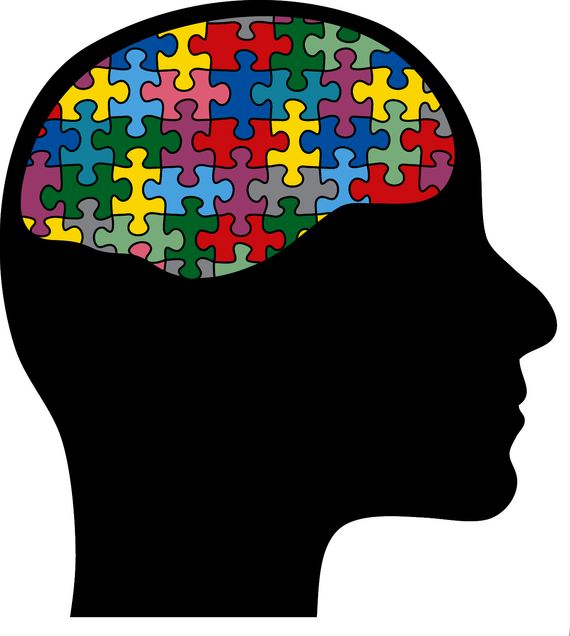New Research Suggests a Prenatal Cause and a Possible Treatment of Autism
For years, the brain of a child with autism has been a mystery. Doctors and parents wondered about the cause of autism, and it seemed that they would never get those answers. Autism is characterized on a spectrum with various expressions of difficulty with social interaction including difficulty with verbal and nonverbal communication. Children with ASD (Autism Spectrum Disorder, the official title of ‘autism’ after the May 2013 publication of the DSM-5) are associated with difficulties with motor coordination, attention, intellectual disabilities, and physical health problems like sleep and gastrointestinal problems. Autism is usually presented by age three and the process of diagnosing autism continues to change, according to the Autism Speaks foundation.
Dr. Thomas R. Insel, director of NIMH at the NIH says that “while autism is generally considered a developmental brain disorder, research has not identified a consistent or causative lesion.” The newest reports show that the architecture of the autistic brain is “speckled with patches of abnormal neurons.” In the study published in the New England Journal of Medicine, there is evidence that the brain irregularities of children with autism are due to abnormal prenatal development.
In the brains of children with autism, there is “an overabundance of neurons in the prefrontal cortex” as found in an analysis of postmortem brain tissue from children both with and without autism aged 2-15 years old. In non-autistic brain development, neurons in the pre-frontal cortex differentiate into six layers with each made up of specific connections. This research was done by focusing on genes as a cellular marker for each of those layers as well as genes associated with autism.
The biggest finding of the study was that the markers for several layers of the cortex were not present in 91 percent of the autistic case samples versus not being present in 9 percent of the non- autistic samples. Further, the lack of markers and disorganization were localized in focal patches that encompassed multiple layers found in the frontal and temporal lobes. These regions control and mediate emotion, social skills, communication, and language, all areas in which children with autism are lacking. This research concludes that the specific locations of these patches could be the underlying cause of the expression and severity of the symptoms in a child with autism.
Due to the patchiness of the defects, early treatments may help young infants and toddlers with autism. The next steps of research on autism include how to more effectively diagnose children with autism and then how to realistically treat and manage autism. The findings discussed here, however, are an excellent start to finding out more about autism.
-Melissa Heller
Sources:
Disorganized cortical patches suggest prenatal origin of autism – NIH
What is Autism? – Autism Speaks

March 31, 2014
What is the link between autism and intelligence?
April 3, 2014
I really gave a standing ovation while typing this post because the Improvements and developments of science for autism is very much required and the effort that are being carried out are unquestionable and mind blowing. I pray and wish this breakthrough really improves and advances in the future and saving numerous lives.
October 25, 2014
Its truely fantastic to see advances in combating Autism, something which effects the lives of thousands of people.
March 20, 2015
I’m Tiffany Jacobs, a well experienced blog writer. Really impressive article, Thanks a lot for sharing with us. It needs to be read by everyone.